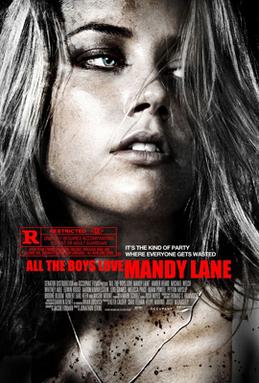Director: Ridley Scott
Release Date: 1979
Budget: $11,000,000 (estimated)
Takings: $60,150,933 (USA)
20th Century Fox
Lucas Films THX
 Subtitles are over a space background, panning shot
establishing the location of the movie. Text is in white. Eerie music being
played. Blue blocks appear one by one as the shot pans passed a planet. Each
block turns white as time progresses. These blocks spell out the title of the
film – Alien, unusual way of picturing the film’s title.
Subtitles are over a space background, panning shot
establishing the location of the movie. Text is in white. Eerie music being
played. Blue blocks appear one by one as the shot pans passed a planet. Each
block turns white as time progresses. These blocks spell out the title of the
film – Alien, unusual way of picturing the film’s title. Fade out and in of
shots used to change the location of the film, although still in space but now
focusing on a spaceship. Music increasing in volume. Text appears on screen
gives anchorage of the name of the spaceship, crew, cargo and course. Music is still
in the background but overlaid by the sound of engines. Shot has changed to a
close-up of the spaceship but from underneath.
Fade out and in of
shots used to change the location of the film, although still in space but now
focusing on a spaceship. Music increasing in volume. Text appears on screen
gives anchorage of the name of the spaceship, crew, cargo and course. Music is still
in the background but overlaid by the sound of engines. Shot has changed to a
close-up of the spaceship but from underneath. 

 Jump cut to inside, with several
shots panning around corridors – setting the location signifying where the
aliens can hide and move. Music has started again adds tension. All the rooms
are empty although there are boxes and papers shaking. Leading to a false
scare? Not much shot variation yet, the majority are establishing shots all of
which pan.
Jump cut to inside, with several
shots panning around corridors – setting the location signifying where the
aliens can hide and move. Music has started again adds tension. All the rooms
are empty although there are boxes and papers shaking. Leading to a false
scare? Not much shot variation yet, the majority are establishing shots all of
which pan. 
 Shot to shot used between a helmet and a computer screen, music has
stopped again but has been replaced by a buzzing. Computer screen suddenly
turns on, audience jumps. Again lack of shot variation as only four shots are
used. Screen suddenly goes black and is lightened up again quickly by lights
turning on.
Shot to shot used between a helmet and a computer screen, music has
stopped again but has been replaced by a buzzing. Computer screen suddenly
turns on, audience jumps. Again lack of shot variation as only four shots are
used. Screen suddenly goes black and is lightened up again quickly by lights
turning on.  Tracking shot into the crew’s bedroom all in their own beds,
similar style to the ones which appear in Avatar, however music is increasing
in tempo adds tension. Something going to happen? Lights turn on and top of the
beds open. Music turns from being eerie to calm and relaxing.
Tracking shot into the crew’s bedroom all in their own beds,
similar style to the ones which appear in Avatar, however music is increasing
in tempo adds tension. Something going to happen? Lights turn on and top of the
beds open. Music turns from being eerie to calm and relaxing. 
 Group shots used
and fade ins and outs used to change the focus and signify time has passed.
Shows them having fun and eating during this sequence a range of shots are used
to show the crew and let the audience familiar themselves with them.
Group shots used
and fade ins and outs used to change the focus and signify time has passed.
Shows them having fun and eating during this sequence a range of shots are used
to show the crew and let the audience familiar themselves with them.
Scene end - 8:53
Imdb page: http://www.imdb.com/title/tt0078748/
Wikipedia page: http://en.wikipedia.org/wiki/Alien_(film)



































.jpg)



